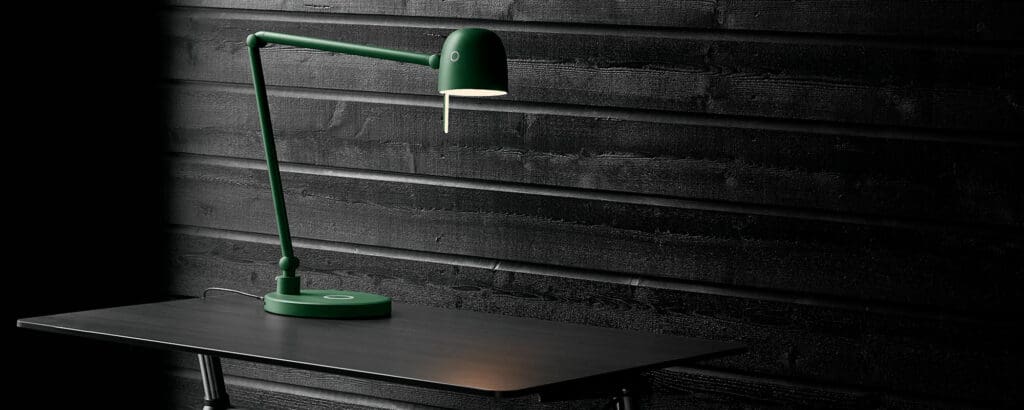“It’s not just the brain that is affected by poor light, resulting in headaches and more. Poor light can also affect our physical posture and, in the worst case, create neck and back problems.”
When there is not enough light, we tend to strain our eyes and stretch our necks to see the screen or paper better. Among other things, it can cause headaches but also affect our mood and our willingness to socialize.
We need different amounts of light
A person who is older often needs more light than someone who is younger. This is because as we get older, our vision deteriorates and our eyes need more light to see well.
Therefore, individual adaptation of the amount of light is important even when we are working. The risks of an interior with only fixed lighting, with no possibility of adaptation, are that some employees do not get the light they need to concentrate and cope with their tasks.
This is how too little light affects us:
- Fatigue
- Reduced performance
- Lowered immune system
- Reduced desire for activity
- Less social, does not want to socialize with others
- Disrupted circadian rhythm
- Winter fatigue
- Low mood with risk of clinical depression
- Sleep problems
- Stress
Researchers agree on the importance of proper lighting
A study conducted by Novus for the lighting industry shows that there is a lot of room for improvement when it comes to workplace lighting.
The study shows the following:
Incorrect lighting in many workplaces
- Only 15% of workers say that the lighting at their workplace is adapted to individual needs.
- Only 15% of people say they can regulate the intensity of the lighting themselves.
- Only one in eight (12%) have lights that turn off automatically when they leave the room.
- Almost none (3%) work in lighting where the light level is automatically adjusted to daylight.

